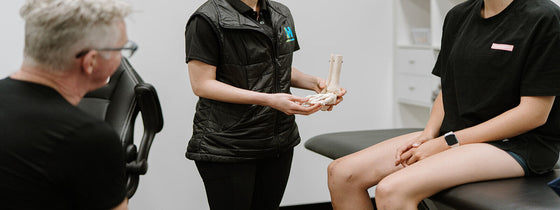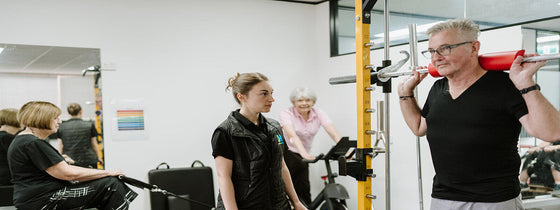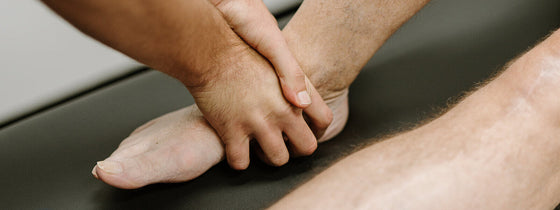It is vital to wear good supportive football boots for any running-based change-of-direction athlete wanting to perform at their best and reduce injury risk. Below are some tips from Physiotherapist Darcy Sharples and Musculoskeletal Physiotherapist Lauren Campbell about the important factors involved in football boot decisions. Both these Physiotherapists, like the rest of our OHL Physio team, work with footballers from all levels of the game and have culminated some information for you from our collective experiences.
It is imperative the boots fit your feet correctly, are appropriate for your foot type and picked with consideration of your past injury history, and not simply picked for the best colour coordinating with your club colours. A correctly fitted shoe helps with reducing the incidence of foot and ankle injury, as well as ensures good comfort while playing. A physiotherapist favourite is the ASICS football boots because have great shoe architecture around the ankle and heel. The inbuilt shock absorption and 10mm heel lift help to take load off your joints, but they also reduce the load on your Achilles tendon and calf muscles (which is especially importantly if you’ve suffered from Sever’s Disease, calf tears or achilles tendinopathy in recent seasons). Lastly, an ASICS football boot also have different stud patterns appropriate for different turf and oval types to further optimise grip and control when running, kicking and changing direction.
As important as football boots are alone, it is integral to ensure your body is well prepared for the rigours of your sport. Below we are keen to share these little clinical gems of knowledge to reduce your risk of needing us…
In summary, combining appropriate footwear, strength and conditioning, a good warm up and cool down aids in reducing injuries in the lower limb to help keep you on the park for longer – are maximising all these factors? Or do you need expert advice to optimise your injury prevention strategies? Get in contact with our OHL Physio or Podiatry teams if you need more information specific to you! Consultations about footwear in general (like football boot) can save you bigger injuries in the future, so we recommend you highly consider an appointment with either Podiatrist Erin and/or a member of our Physio team via our online bookings and/or calling us on 9431 5955 soon!

If you're experiencing back or neck pain with neurological signs and symptoms, a thorough neurological examination is crucial for accurate assessment and effective treatment. In this Optimal Tip learn more about what we mean by completing a neurological exam!

Squats, deadlifts, and calf raises are key movement patterns that should be part of every strength and conditioning program—regardless of age and activity level. These functional movements support joint health, improve posture and balance, and reduce the risk of injury while building strength where it matters most.

A ganglion cyst is a fluid-filled swelling that typically forms over a joint or tendon sheath, causing discomfort and pain, especially when pressing against nerves or joints. Proper assessment and treatment, including physiotherapy, are essential for managing symptoms and improving function in the presence of a ganglion in your hand, foot, or wrist.